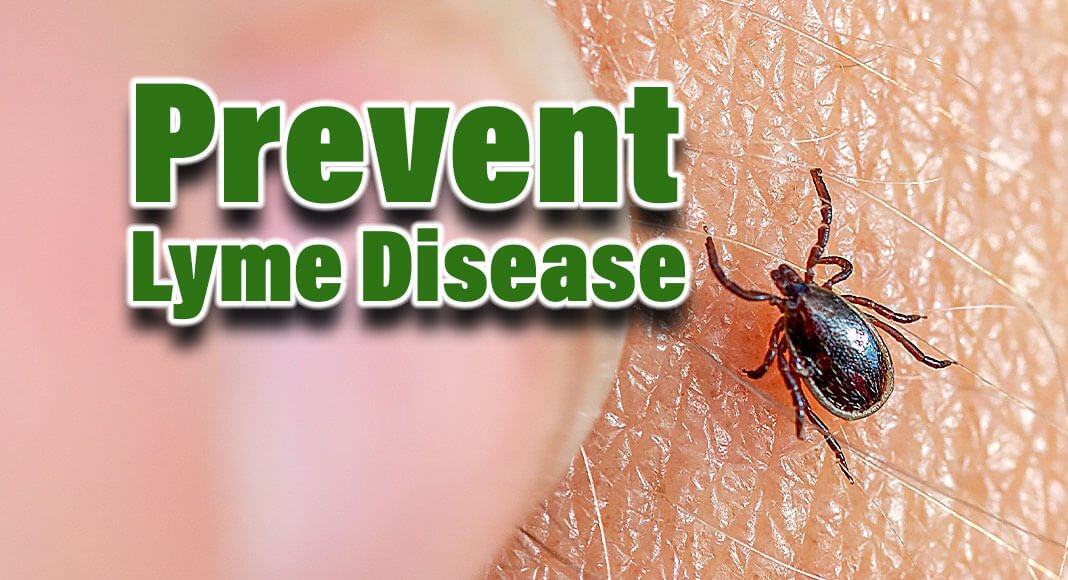
Mega Doctor News
CLEVELAND CLINIC – Warmer weather means people are ready to get outside, but it’s also time for ticks.
Cleveland Clinic’s Dan Sullivan, MD, reminds us that these critters can transmit Lyme disease.
“The early symptoms are the ones where you may have the neck stiffness, the muscle aches, a low-grade fever, the change in appetite, that tends to be in that early phase where this tick has bitten us and put that bacteria into our skin,” he explained.
Ticks burrow into the skin and can transmit bacteria, which may lead to Lyme disease.
Symptoms can include headaches, breathing issues, or arthritis. More serious complications can occur as well, like inflammation of the heart muscle, spinal cord swelling, or facial paralysis.
Ticks like to hide in high grass, so keep the lawn mowed and hedges trimmed.
When going into the woods, cover up exposed skin with clothing. Insect repellant containing DEET can also be used to help protect exposed skin.
After being in heavily wooded areas – do a tick check. It’s important to look behind knees, under arms and on the scalp.
If you find a tick, carefully remove it with tweezers. And if bitten, watch for a small red spot that may develop into a distinctive bullseye rash.
“That bacteria, which is in the saliva, starts to multiply and that causes the expanding rash beyond that initial red mark,” said Dr. Sullivan. “As that bacteria expands under our skin, the center, that initial red spot starts to fade so it looks a little bit like a bullseye.”
If you are experiencing symptoms or notice a bullseye rash, see a physician. Dr. Sullivan said if caught early, Lyme disease can generally be cured when treated with antibiotics.










